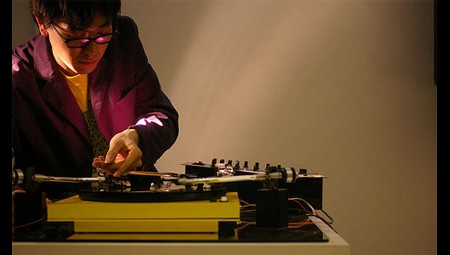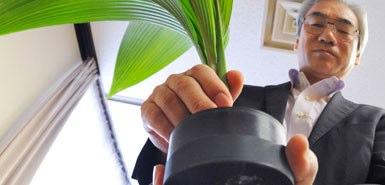[vimeo http://vimeo.com/6668819%5D
This past weekend, Berlin played host to Music Hack Day – an event where attendants built and tested hacks, contraptions, and software all dealing with sound, music, or the distribution thereof. Some of the hacks are simply mind blowing to see built in only a day or two. Like the location based CitySounds.fm or Tracks on a Map – mapping out where your music is from. Or the music based games and composition tools, iLoveAcid squencer and MaschineFighter – adding some crazy fun to MIDI.
Oh, we almost forgot, we can’t go an entire post without mentioning something Arduino; named Xylobot – a set of servos powered by Arduino, tapping out rhythm on a xylophone (video above). Another Hack Day is planned so keep an eye out.
[Thanks robb]











